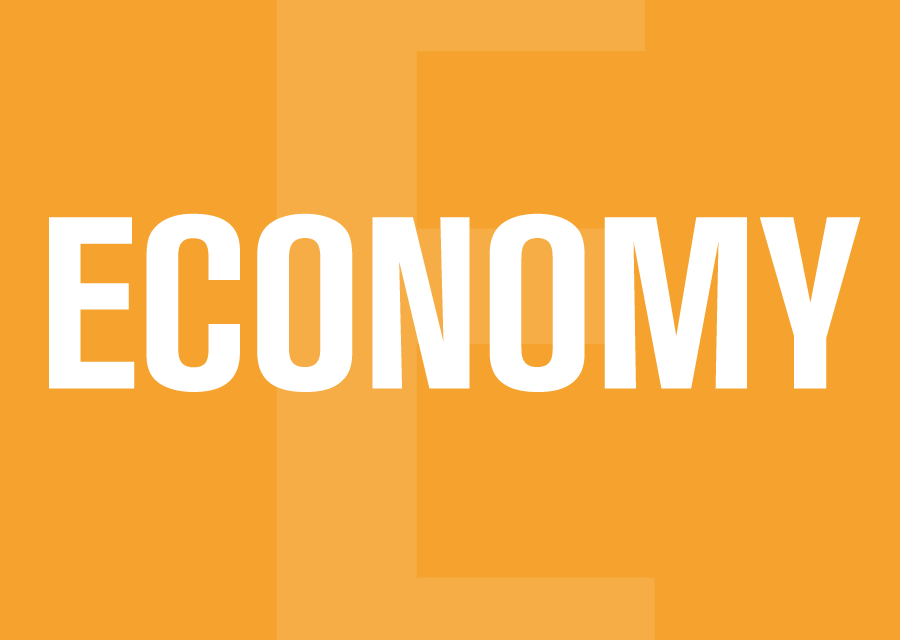The Canadian Income Survey (CIS) for 2021 released last week by Statistics Canada was probably predictable. After the unprecedented deluge of COVID-19 benefits from government raised household incomes and cut poverty rates in 2020, the CIS reported that the reduced flow of the mainly federal dollars led to a small drop in Canadians’ incomes and an increase in poverty in 2021. However, there was one surprise – Nova Scotia bucked at least part of the trend.
Median after tax income for Canadian families and unattached individuals dropped from $69,000 in 2020 to $68,400 in 2021 while the percentage of Canadians in low income rose from 6.4 to 7.4 percent. In Nova Scotia, instead of going down, median income for households went up $800 in 2021 while the increase in the poverty rate that year was slightly less than the national increase and well below the rates in 2019.
Unfortunately those good tidings, such as they are, are old news. StatsCan warns that when the numbers for 2022 come out early next year, poverty rates will go up even more, likely returning to pre-pandemic levels.
“In 2022, Canadians were faced with rapidly increasing costs of living, driven by increased shelter and food costs. At the same time, disposable income grew at a slower-than-average pace for the lowest quintile in 2022…Rising costs combined with a slow growth rate in income suggests that some families could fall behind.”
But while awaiting confirmation of how bad things were in 2022, it’s worth taking a look at the impact of the pandemic on incomes and poverty rates in Nova Scotia in 2020 and 2021. They may turn out to be fleeting but there are some bright spots for Nova Scotia in the data released last week. That’s a rarity given that in most years Nova Scotia lags behind other provinces in terms of incomes and poverty reduction.
Income turnaround
The news on income is surprisingly positive after years of stagnation – despite what was reported in Saturday’s Chronicle-Herald under the headline “N.S. lags on employment income.” The item from the Fraser Institute was outdated, based on pre-pandemic numbers.
Like all provinces Nova Scotia experienced a large increase in median incomes in 2020 because government pandemic benefits were greater than the income lost due to economic disruptions. However, contrary to the slight drop that occurred nationally in 2021, the median income – the level of income at which half the population had higher income and half had lower – continued to rise for Nova Scotia families and unattached individuals.
As a result, after six years during which the province experienced almost no increase, median after-tax income, adjusted for inflation, jumped by 9.26 percent from 2019 to 2021, the highest in the country and well above the Canadian average of 6.04 percent over that period.
Table 1: Median After Tax Income 2021 Constant Dollars Economic families and unattached individuals S
|
| 2013 | 2019 | 2020 | 2021 | % Inc 2013-21 | % Inc 2019-21 |
|
Nova Scotia | $54,700 | $55,100 | $59,400 | $60,200 | 10.05% | 9.26% |
| Canada | $61,200 | $64,500 | $69,000 | $68,400 | 11.76% | 6.04% |
Source: Table 11-10-0190-01
As the first two columns of the table show, Nova Scotians fell further behind the national average median income from 2013 to 2019. However, the increase of 9.26 percent from 2019 to 2021 meant Nova Scotians’ median income was more than 10 percent higher in 2021 than it was in 2013, an increase close to national average increase over that period.
More important, the increase from 2019 to 2021 was only partly due to pandemic-related government transfers. For the first time in years market income – that’s income mainly from employment – also went up, and by almost twice the national average. (Fraser Institute, take note).
Table 2: Median After Tax Market Income
|
| 2013 | 2019 | 2020 | 2021 | % Inc 2019-20 |
| Nova Scotia | $50,200 | $47,200 | $47,700 | $50,700 | 7.42% |
| Canada | $57,700 | $59,600 | $57,500 | $61,700 | 3.52% |
Source: Table 11-10-0190-01
As Table 2 shows, real employment income grew by only $500 between 2013 and 2021. But following six years, 2013 to 2019, during which it fell by $3,000, the change in direction is good news.
Poverty reduction? TBA
The news on on poverty reduction is mixed. Based on the Market Basket Measure, Canada’s official poverty metric, Nova Scotia’s overall rate rose from 7.7 percent in 2020 to 8.6 percent in 2021. The Nova Scotia rate of 8.6 was higher than the national rate of 7.4 percent, but was well below this province’s 12.0 percent rate in 2019. In 2019 Nova Scotia had the second worst poverty rate among the provinces but in 2021 it was only the fourth highest, lower than Saskatchewan, British Columbia and Manitoba.
On child poverty, the data are, on first glance, even more encouraging, showing a rate of 6.1 percent in 2021, down from 10.9 percent in 2019. That 6.1 is the second lowest rate of child poverty in the country, and comes in below the national average of 6.4 percent. However, StatsCan gives the Nova Scotia data an “E” rating, warning interested parties to “use with caution.”
So any applause for reducing child poverty should be held until StatsCan publishes the more reliable income date from the T1 Family File (T1FF), usually released in the summer. Compiled from tax returns, the T1FF uses the Census Family Low Income Measure After Tax (CFLIM-AT) which produces poverty rates significantly higher than those presented in the Canadian Income Survey. CFLIM-AT was used by the Nova Scotia office of the Canadian Centre for Policy Alternatives in its recent 2022 Report Card on Child and Family Poverty in Nova Scotia. The report pegged child poverty in the province at 18.4 percent in 2020, three times higher than the “use with caution” estimate contained in the Canadian Income Survey.
Another factor casting a shadow over the CIS poverty data is food insecurity. Unlike child poverty, StatsCan gives the data quality on food insecurity a C-rating for “good” – but that descriptor applies only to its reliability. The numbers reported are anything but. In 2021 Nova Scotia had the fourth highest rate of food insecurity in the country at 22 percent. This compares with the national rate of 18 percent, and was up sharply from Nova Scotia’s 17.7 percent rate in 2020. With food prices in Nova Scotia going up by almost ten percent in 2022 the number of Nova Scotians unable to afford safe and nutritional food will go even higher.
But to end on a more positive note, income inequality in Nova Scotia hit an all-time low in 2020 and remained below historic levels in 2021.
Income inequality is measured by Gini coefficients, ranging from 0.00 (for perfect equality) to 1.00 (where one person has all of the income). So the lower the Gini coefficient, the lower the income inequality. Statistics Canada figures going back to 1976 show that year’s adjusted after tax Gini coefficent for Nova Scotia at 0.261. That remained the lowest measure of income inequality recorded for Nova Scotia until 2020, when pandemic transfers lowered it to 0.260. With fewer benefits to households in 2021, income inequality rose to 0.264, but that was nevertheless the fourth lowest since records began in 1976, and well below the Canadian average Gini coefficient for 2021 of 0.288.
And one more thing. The increased incomes in 2020 and 2021 produced nearly a 20 per cent jump in income tax paid by Nova Scotians, providing governments with increased capacity to address poverty and food insecurity. All they need now is the will to do it.
-30-





